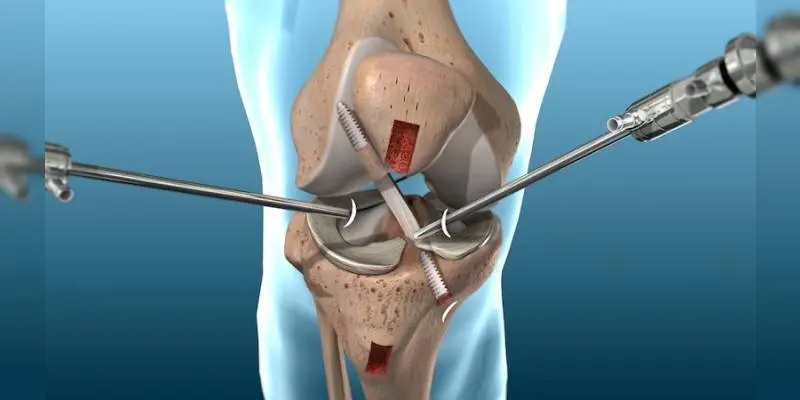Dealing with diagnosis and treatment of all diseases originating from all bones, muscles, ligaments and tendons of the body, Orthopedics and Traumatology department works in coordination with almost all medical disciplines, particularly physical medicine and rehabilitation department.
On the other hand, Orthopedic surgeons working in the global hospital network of Hera Healthcare achieve perfect surgical outcomes in congenital disorders, all disabilities caused by severe traumas and all joint related problems thanks to improvements in surgical techniques and equipment.
Our specialists simply race against the time for treatment of fractures caused by traumas such as fall and traffic accident.
You only need an online counseling to overcome all barriers against an immobile life and pains
Services available at Orthopedics and Traumatology department are as follows:
Hand surgery: Hand surgery particularly deals with open and closed fractures of all bones in hand and wrist, muscle and tendon tears and ruptures, arthritis, trigger finger, polydactyly, syndactyly and carpal tunnel syndrome (entrapment of nerves in wrist).
Shoulder and elbow surgery: Tears of muscles around the shoulder joint (rotator cuff), dislocations, diseases caused by overuse or trauma, arthrosis of shoulder and elbow joints, frozen shoulder, tennis elbow, fractures and dislocations of bones in this body part
Knee surgery: Tear of meniscus, degeneration in cartilaginous surfaces of the knee joint, tears in ligaments of knee joint, total knee joint prosthesis, sports injuries.
Hip surgery: Total hip prosthesis, dislocation of the hip, arthritis, sports injuries
Ankle and foot surgery: Degenerative diseases, fractures, sports injuries, fractures in bones of foot and ankle
Orthopedic Oncology: Benign and malignant tumors of all muscles, soft tissues and bones of the body
Spinal fractures and deformities
Limb lengthening surgery
Pediatric orthopedics: Congenital dysplasia of hip, pes equinovarus, genu valgum, Perthes disease, mallet finger, flatfoot


